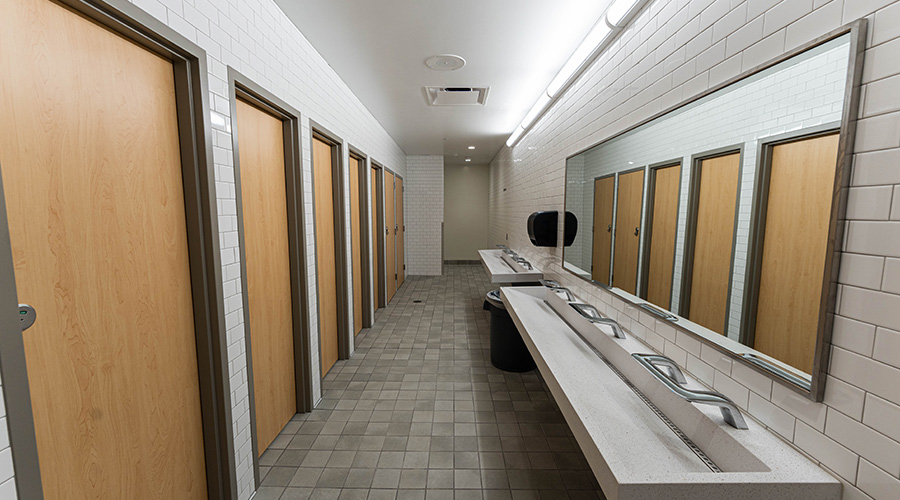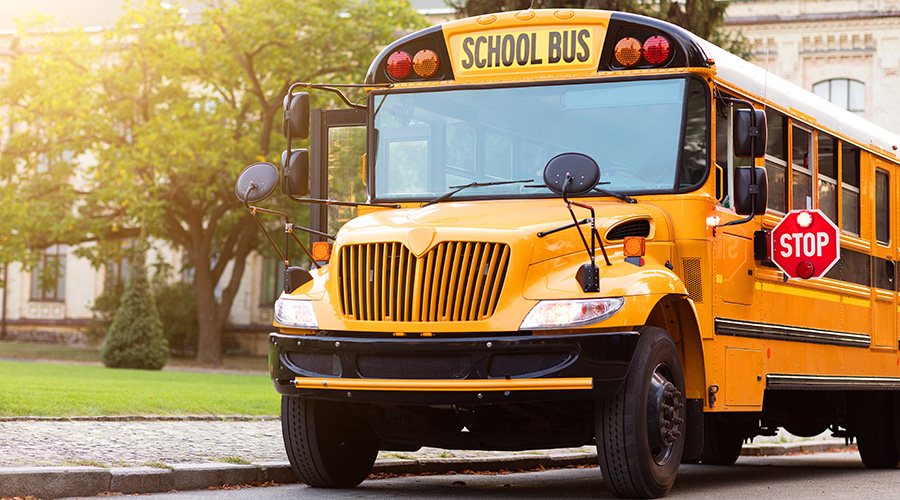Maintenance Bulletin
Ballot Boxes Boost Maintenance
Funding for school maintenance and repairs has taken a turn for the better — at least, in some areas of the country. Several urban school districts recently levied tax increases or proposed bond referendums to support school construction, renovation and replacement needs.
Voters in Florida’s Orange County approved in August a one-half-cent tax increase that will raise $2.7 billion for the district — the 14th largest in the nation — to be meted out during the next 13 years.
The money will fund the construction of 25 new schools and thorough renovation work on 136 existing schools, says Steve Gertel, a senior manager for the district.
“After 40 years of neglect, the schools really need some attention,” he says. “Many buildings are 1950s-era uninsulated cinder block. We’re in Orlando, and some of our buildings don’t have air conditioning.”
Gertel also says the tax increase had been defeated four times during the last 20 years and that a public relations effort by the school district helped secure the tax increase.
In the Midwest, the Rebuild Ohio Schools program has secured more than $10 billion to help renovate buildings in the state’s 612 school districts. The Ohio School Facilities Commission surveys individual districts, then recommends renovation or new construction.
The state then funds 68 percent of the construction costs for new schools. Individual districts pay the remainder. To help match funds for the construction and renovation of 34 schools in Dayton, Ohio, the Dayton Public School District has placed a $254 million bond issue on the general ballot.
Ohio districts in Columbus and Toledo are seeking voter approval for $391.8 million and $183.5 million bonds, respectively.
Finally, the Houston Independent School District Board hopes to secure funds for the second phase of school construction and repair work by placing a $808.6 million bond referendum on the general ballot. Plans for the money include construction of 20 new schools and renovation of 40 others.
ASTHMA Alert: EPA spotlights schools
During the last two decades, incidence of asthma in children between the ages of 5 and 14 increased nearly two-fold. Incidence rates for children up to 4 years of age more than doubled during this time. According to the U.S. EPA, maintenance efforts that control asthma and allergen triggers are critical to containing asthma in school environments. The chart below shows trends in asthma prevalence by age. To learn more about school IAQ.

Related Topics:












